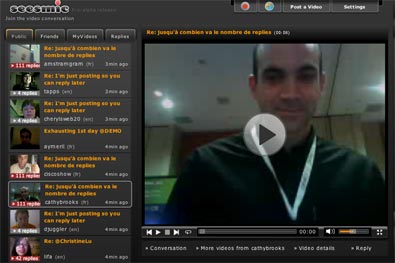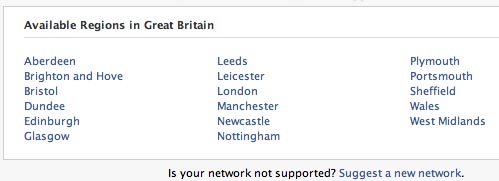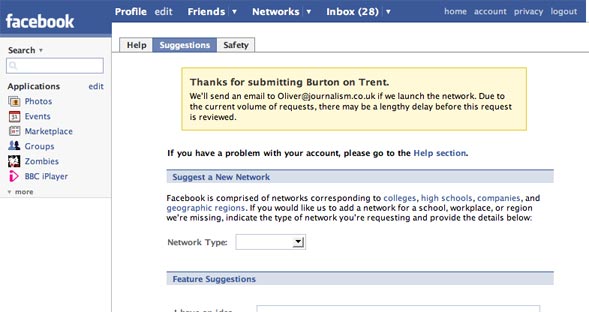
1) Who are you and what’s it all about?
I’m Jeremy Lopez, director of business development at Newstin.
Newstin is a unique, semantic and cross-language information retrieval engine with metadata tagging and data visualization capabilities.
Newstin pulls content from more than 150,000 global sources in ten different language publications; organising this content into over 650,000 topical categories.
Major features include ‘across language navigation with integrated translation’, ‘text mining,’ and ‘semantic contextual searching’.
2) Why would this be useful to a journalist?
Our new feature ‘Across language commenting’ – coming soon. If a reporter puts out a story in English and someone from Russia translates and reads this story and then decides to comment on it in Russian, the reporter will have the tools on the page to be able to have the Russian comment translated back into English.
With our news retrieval system we have collected and organised news in such a way that you do not have to speak Russian in order to find, say, Russian news on computer and software supplies.
3) Is this it, or is there more to come?
There is a whole lot more to come. We are currently in the process of re-designing the site for easier use and enhanced features.
A few of the major features that will be functioning by the beginning of Q2 are:
1. Social Newstin – personal accounts, editable categories
2. Commenting outside of publishing, ability to create discussion groups for editors, cross language commenting
3. Sentiment analysis – tone of the story and category will be displayed
4) Why are you doing this?
News is one of the highest growth categories on the internet but the world is stuck in cultural and linguistic silos, the reason is because there is no one source that organises it all.
If the world’s web newsreaders were to cross language and cultural borders with ease so that there were no need for these linguistic barriers then we would suddenly be all on the same page.
We have usage from 193 countries already and we are trying to put up local domains to bring more access from each of them so they don’t have to first navigate with an English site.
5) What does it cost to use it?
Newstin is a free service! We will be implementing an upgraded version in the future with additional tools and access. This will be a more professionally focused service with a cost.
6) How will you make it pay?
Advertising, sponsorships, premium service in the future…to name a few.







